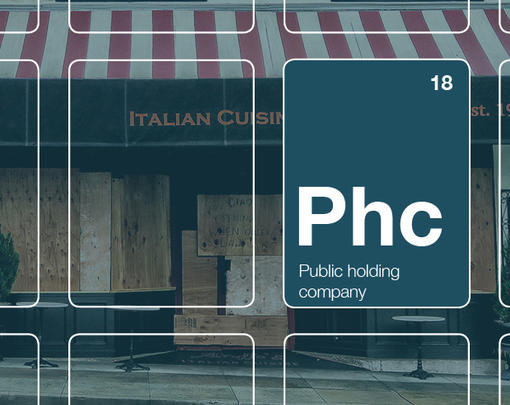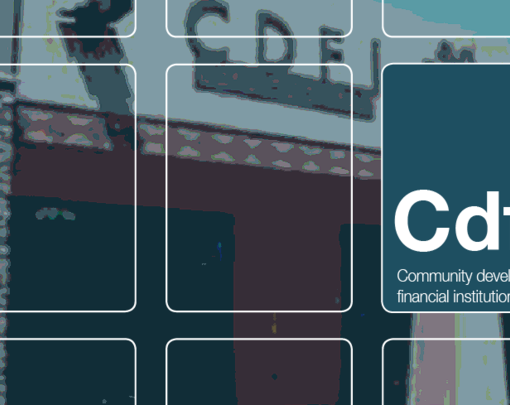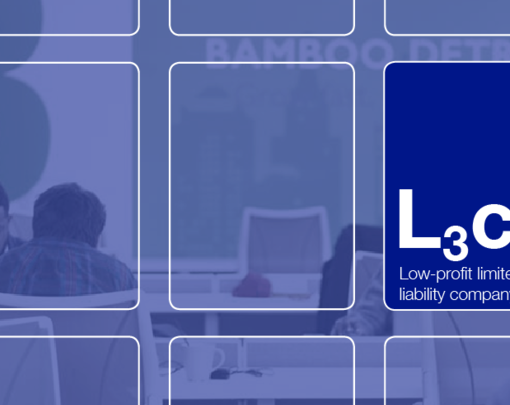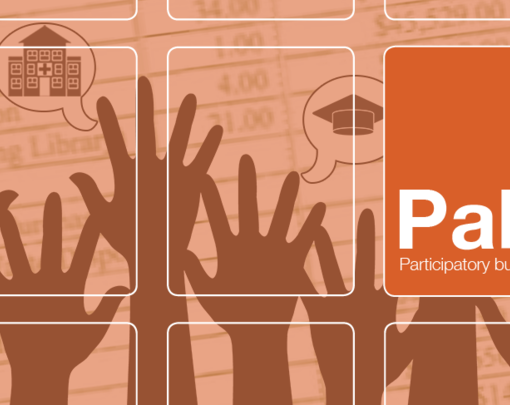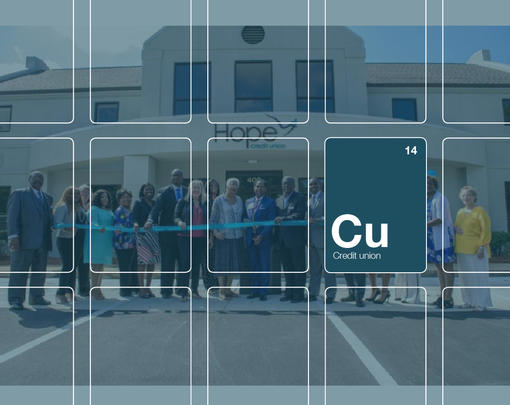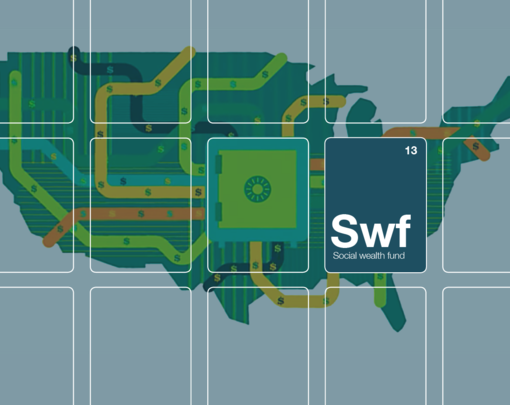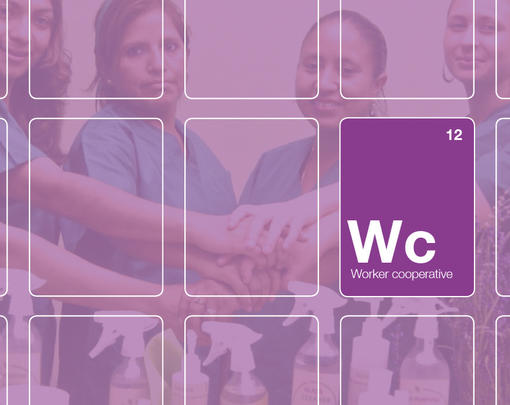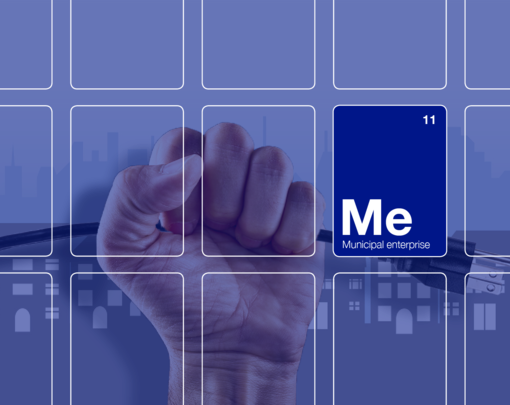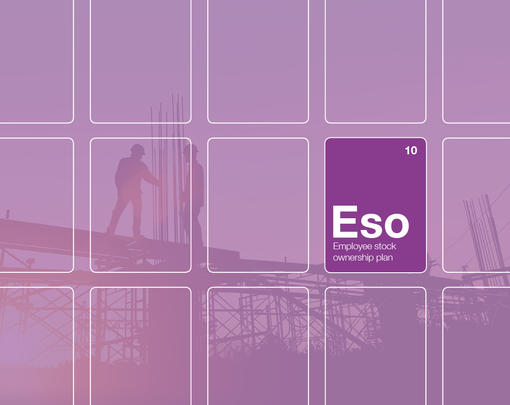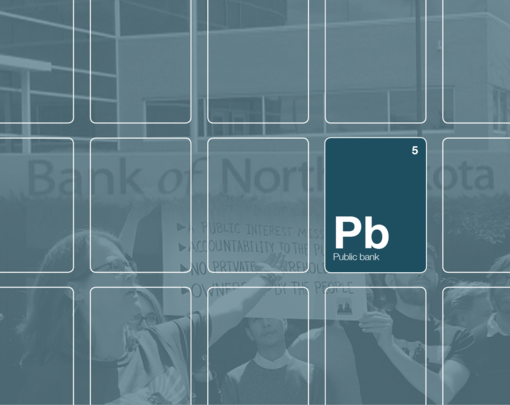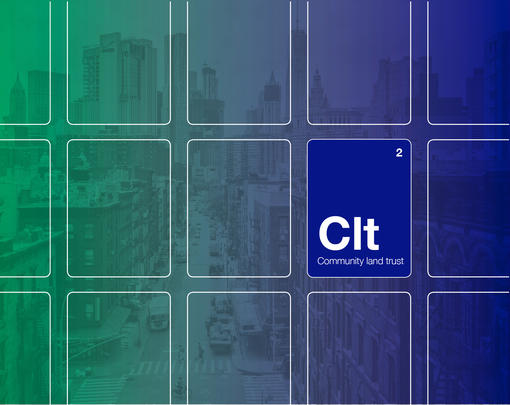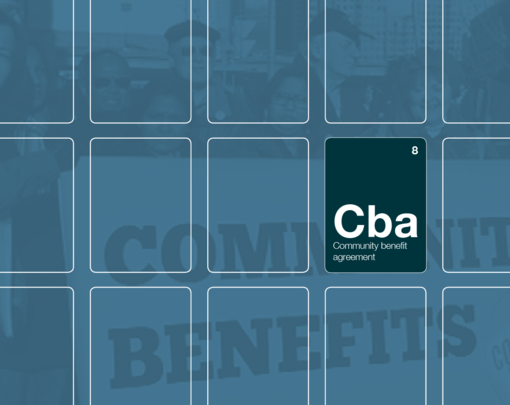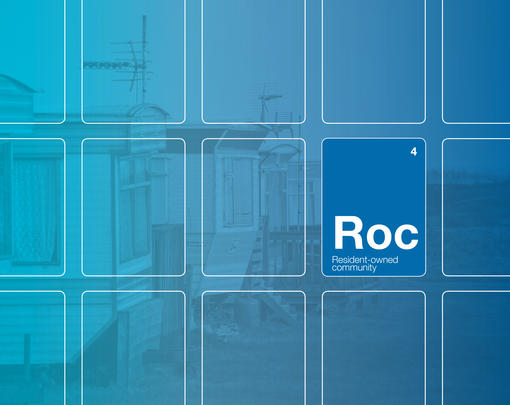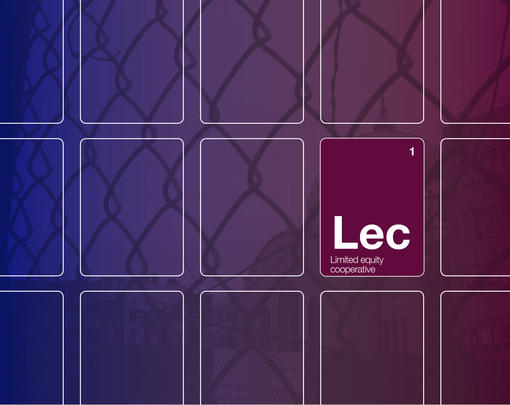Description
Land banks are government entities that acquire abandoned, foreclosed, and tax-delinquent properties in order to convert such properties into productive use.
Though land banks can vary in legal structure and function among jurisdictions, they usually perform similar functions, including obtaining properties at low cost through either direct purchase or through a receivership or tax-foreclosure process, removing tax and any other debt burdens associated with the properties, and ensuring these properties have a clear title. These functions–which can be defined by enabling legislation and managed by a mix of community stakeholders–help prepare underutilized property for sale to any range of stakeholders, including local nonprofit entities, municipal agencies, and private developers.
Potential Impact
Land banks allow communities to repurpose blighted or abandoned properties to meet community and economic development needs. In fact, many of the estimated 170 land banks around the country have been leveraged to support affordable housing, urban agriculture, and green space development, among other activities. For instance, the Cuyahoga County Land Bank sells some of its properties at a low cost to Neighborhood Services of Greater Cleveland, a community land trust that develops permanently affordable housing. This collaboration helps the land bank meet its affordable housing disposition policy requirements while enabling a local organization to steward vital land resources in a way that meets the needs of underserved populations locked out of housing markets.
Transformative Characteristics
In cities where blight, vacancy, and abandonment are prevalent, policymakers typically look to private developers to breathe new life into their communities. Baltimore, for instance, established a “Vacants to Value” program that leveraged a host of local, state, and federal resources to encourage developers and homebuyers to invest in formerly vacant and abandoned properties. While the program features some community engagement practices, initiatives like these inherently favor developer interests and priorities, as properties are auctioned off to developers with little in the way of accountability mechanisms and institutionalized community engagement and ownership. Land banks offer an alternative approach by embracing the community’s participation in the decision-making over how abandoned and vacant properties are used to meet unique and local needs.
Examples
Philadelphia Land Bank
Confronted with 40,000 vacant parcels of land in the wake of the 2008 financial crash, community groups and housing activists associated with the Campaign to Take Back Vacant Land led the creation of this land bank in 2015. The bank has acquired more than 2,000 vacant parcels since its 2015 launch. In 2017, the land bank’s strategic plan was amended to increase the amount of land to be redeveloped for affordable housing after the Philadelphia Coalition for Affordable Communities presented the land bank with stories of long-time residents struggling with potential displacement.
Cuyahoga County Land Bank
A quasi-government, nonprofit corporation, the Cuyahoga County Land Bank was established in 2009 to address the foreclosure crisis in Cleveland, Ohio. By 2011, the land bank, in partnership with Fannie Mae, the U.S. Department of Housing and Urban Development and leading bank institutions, had acquired more than 1,2000 abandoned properties that would either have become blighted or been snapped up by speculators seeking cheap properties to flip for profit. Today, the land bank has more than 3,000 properties in its portfolio and a $25 million budget. It collaborates with a diverse range of local community partners focused on affordable housing development and preservation, blight demolition, and the creation of green/community space.
Challenges
In addition to an overall limited awareness of land banks as a community and economic development tool, challenges land banks encounter include a lack of clear, standardized information about local vacancy and abandonment, which can limit the amount of property a land bank can acquire; differences in local tax foreclosure and delinquency laws, which can slow the land-banking process; limited ability to establish who has clear title to underutilized property; and inconsistent local code enforcement.
More Resources
The Center for Community Progress maintains the Land Bank Information Headquarters, including a National Map of Land Banks and Land Banking Programs.
Download and Share




